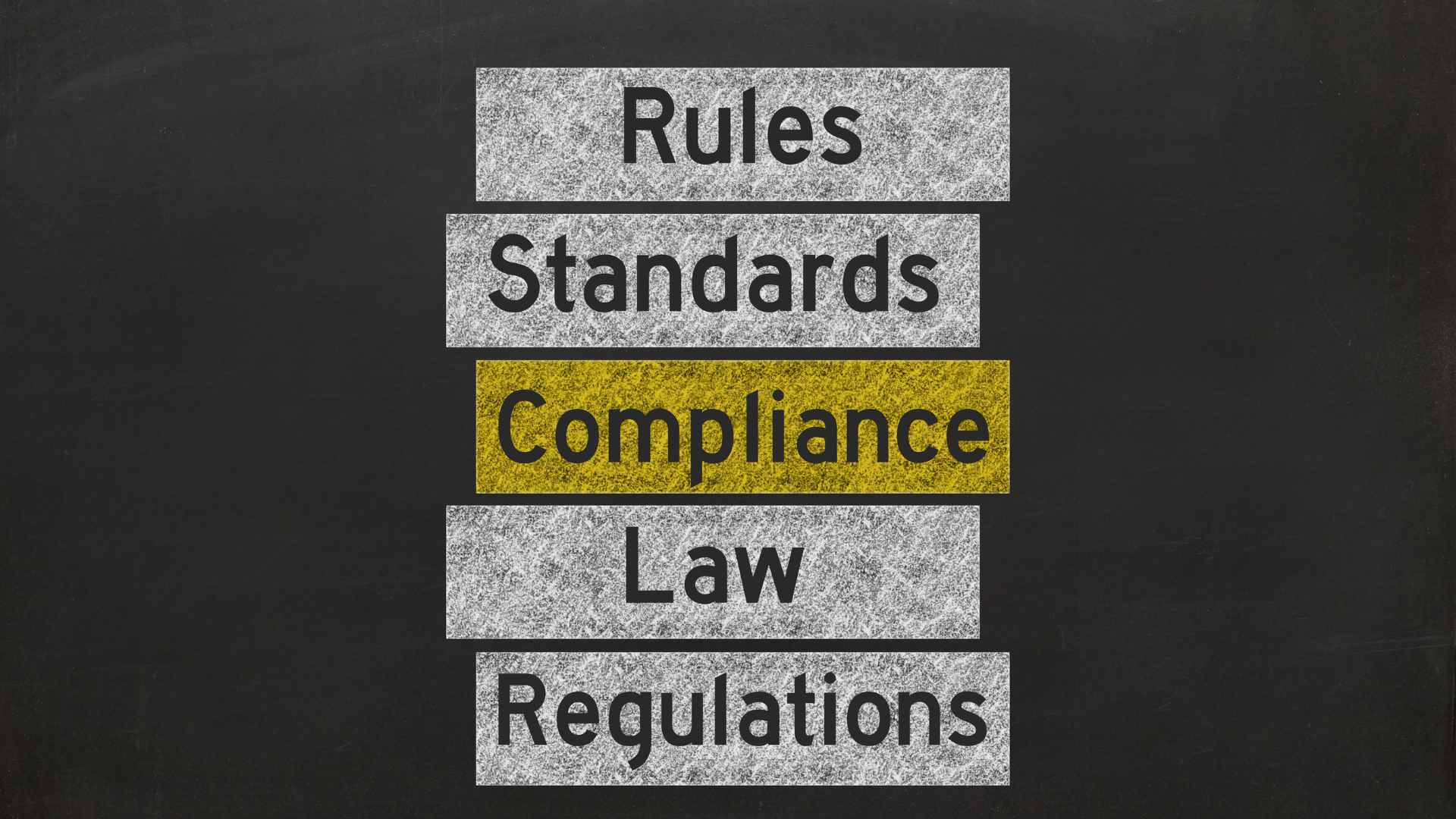VIEW BY TOPIC
- Finding Customers
- Business Systems
- Managing Employees
- Leadership
- Managing Money
Related Posts

Ready to Grow Your Business Fast?
Here’s How I Grew Five Businesses, and Eventually Sold One to a Fortune 500 Company.

STRATEGIES TO RUN TEAM MEETINGS
Team Meetings are an essential part of the business environment, as well as the healthy functioning of teams. But to be helpful, they have to be done well. When done effectively, team meetings can propel the company as a whole on the path of progress. But when overlooked, it can hinder growth and foster stagnation.
TEAM MEETINGS – HOW TO RUN ONE WELL
So, how can you run an effective team meeting? Let’s find out.
Why Have Team Meetings?
So, what is the deal with team meetings? Do I need a team meeting? What are the benefits of having team meetings?
There may persons who wish team meetings could just be erased, and I hear you. But then, the benefits of these team meetings are significant and can enhance the team’s overall productivity. Here are a few benefits of having regular team meetings.
- To provide information
Whenever there is information to be disseminated to all team members, the team meeting is the perfect venue. Major points can be explained and emphasized without having to repeat the same thing to all members individually.
- To give room for feedback and Ideas
While the information may be a one-sided flow of intelligence /instruction from hierarchy to subordinates, feedback is the medium of reverse flow from subordinates to hierarchy. Feedback encompasses the team members’ reactions and performances for improvement. Team members, via team meetings, can express their challenges and opinions for the team’s betterment.
- To strengthen a team
Getting together as a team in a team meeting instills that sense of commitment, unity, and togetherness, as team members get to interact with each other.
- To enhance team collaboration
Team meetings create that avenue for team members to share information and collaborate actively to better the team.
Types of team meetings you need to know
There are various types of team meetings, each defined by some general considerations discussed later.
Onboarding Team Meetings
An onboarding meeting is a team meeting specifically designed to get team members on board with the team. These onboarding meetings are particularly suitable when new team members are hired.
When there is a recruit to the team, there needs to be that avenue to educate that individual(s) on the team’s general workings and their specific role. The onboarding avenue allows for training and orientation of new team members. These meetings help expose the organization’s structure, current and upcoming projects, and the newbie’s role in the team’s duties.
And the benefits don’t end there. These onboard meetings also help jumpstart the newbie’s relationship with management and other company arms as a whole.
Depending on the specific situation, there may be a need for more than one onboarding meeting. Here are a few meetings that can help new hires settle into their new role.
- 1-on-1s: A one-on-one meeting with an existing key member of the team will go a long day to settling in a recruit, especially when done on the first day and with someone the recruit will be working with, like a direct manager or team leader.
- Meet the team: an introductory team meeting is necessary for recruits to meet the team within a few days of working. Such a meeting doesn’t have to be as formal as most meetings, as even a lunch or coffee meeting will do the trick.
- Tools training: If the team member will be working with tools, systems, software, etc., it is essential to schedule specific training to cover this.
- HR, Operations, and Facilities: The logistical side of operations is essential for team members, and as soon as possible, expose these newbies to such aspects as human resources, operations, and operation facilities.
Brainstorming Team Meetings
Ideas are the fuel to every successful business, and it is vital to keep a fresh influx of ideas. To do this, brainstorming team meetings are necessary.
Brainstorming team meetings aim to generate many ideas in so little time without critically examining and judging the ideas right then. The key to a successful brainstorming meeting is to focus on the plethora of ideas and not necessarily their feasibility. After brainstorming, you can carefully examine and choose feasible ideas to implement for the business’s growth.
Kick-off Team meetings
 Whenever there are innovations or projects for a company, there needs to be an avenue to educate team members duly. The kick-off meeting is that avenue to fill team members in on the plan.
Whenever there are innovations or projects for a company, there needs to be an avenue to educate team members duly. The kick-off meeting is that avenue to fill team members in on the plan.
When adequately executed, team members become conscious of the long-term objectives of the project/initiative and can more effectively fit themselves in. This type of team meeting reveals the part each team member will play in the realization of the end project, and they can, by this knowledge, buy into the initiative. The enthusiasm of team members dramatically determines the project’s overall success, and that hinges on the success of kick-off team meetings.
Feedback and retrospective Team Meetings
As kick-off meetings are essential for initiating new projects, there needs to be evaluation and transfer of experience among team members. This is where feedback and retrospective team meetings come into play.
Seeing that no project ever executes perfectly, retrospective meetings are important because they present the opportunity for team members to exchange their experiences, highlighting what went well and what didn’t like the project wraps. These lessons and experiences go a long way to foster improvements for future projects.
Budget and financial meetings
When it comes to money, communication issues can spur quickly, and there needs to be a forum dedicated to examining financial issues.
Tension quickly springs up around finances, and financial team meetings are essential for addressing any concerns. After having decided what is to be done in other team meeting types, there needs to be a conclusion on who’d pay/get paid to do it and the costs of achieving it.
For adequate budget and financial team meetings, some central questions have to be answered clearly:
- How much money will be spent?
- What exactly is the money being spent on?
- What kind of return should be expected on the investment?
Having everyone up to speed on necessary financial matters will help curb any future tensions or conflicts and provide better accountability, transparency, and financial management on the team.
Consideration for Setting up Team Meetings
The previously discussed types of team meetings are defined by some general considerations like frequency of meetings, the composition of meetings, motivation, and decision process
Frequency
The frequency defines the number of team meetings held in a defined period. The frequency of team meetings could be daily, weekly, or monthly. There are also irregular, ad hoc, quarterly, and annual meetings.
- When team members are all assigned to a joint project, the daily team meeting works have to work together towards a common objective and need to arrive at decisions informally by unanimous agreement before progress is made.
- The weekly, monthly, or quarterly team meeting applies when team members work on different but parallel projects. There is some degree of competition among projects, and decisions are likely to be arrived at by the chairperson.
- The irregular, ad-hoc, or “special project” team meeting can be constituted when people, who usually do not come in contact with each other or do generally not constitute the same daily working team, are united by a desire to realize the success of a project for which they are united. Team members usually have an active role in decision-making.
Composition
Composition considers whether or not team members usually work together on the same project, as teachers in the same school department, or they have parallel tasks like plant managers and regional sales managers of a company. Are they strangers to one another united by the meeting, or do they regularly cross paths?
Motivation
Are team members cemented by a common goal in their work, like football players on a team, or do they have some competitive elements like research units in a company?
Decision process
How are decisions ultimately arrived at in team meetings? Is it by a majority vote, consensus, or decision-making in the chairperson’s charge after considering the facts, opinions, and discussions?
Types of team meetings to avoid
After exploring various types of team meetings expedient for efficiency in the team’s functioning, some team meeting types should be avoided as they have no benefit to team members’ productivity.
Status update meetings
While status updates are essential in the team’s overall functioning, Tools like e-mails, pagers, and even phone calls can suffice to give a status update. More digital channels for status updates are recommended and better suited for team health and efficiency.
Agenda-less Meetings
Organizing meetings without a plan or clearly defines objectives is an excellent way to waste time and company resources.
An effective team meeting should have a clearly defines objective and expected outcomes from the team meeting.
Too many meetings?
Meetings are good, but bouncing from one meeting to another without productive outcomes is wasteful and completely unnecessary. Meetings do not necessarily need to be too frequent to enhance team efficiency.
Follow the right modus operandi in setting up team meetings and follow through on discussions and resolutions, and only consider another team meeting when the situation indeed calls for one.
15 Strategies to Effectively Run a Team Meeting
Before the Meeting
1. Define team meeting objective(s)
Team meetings can have a range of objectives, like providing information, updates, teeing input from others, or address problems or challenges.
You shouldn’t just hold a team meeting on the assumption that team members would understand the reason for the meeting. No! It would help if you had a well-stated and well-communicated objective – the intended outcome of the meeting.
2. Develop a clear agenda for the team meeting
Once the meeting objective is clearly articulated to team members, then a meeting agenda should be developed. The agenda should reflect the key talking points for the meeting and communicated them to team members before the meeting commences. Having foreknowledge of what will be done in the meeting prepares the team members for the meeting. It helps in time management as discussions will be confined to stipulated objectives as in the agenda.
3. Link the agenda with the team mission
It is pretty easy for team meetings to stray from the mission and vision of the company. The company vision and mission define all business’s key objectives and must be reflected in team meetings and fed into team meeting agendas.
Team meetings should mission-related discussions to keep team members abreast of their role in the company’s growth. Remember, team meetings aren’t just for handling reports, motions and deadlines.
4. Determine the suitable medium for the team meeting
Is the meeting going to be an in-person meeting, or is it going to be a virtual meeting? The decision has to be made based on the objectives of the meeting and team members’ communication. The medium chosen will define the type of preparations needed for the meeting.
5. Be prepared
To have an effective team meeting, take time to make the necessary preparations for anything that may be needed during the meeting in advance. Meetings may require stationery like paper, pens, and some other tools depending on the purpose of the meetings, like financial records, bank statements, laptops, etc. As such, careful planning and preparation should be done, such that the time for the meeting isn’t mismanaged and reallocated to assembling needing materials, which should have been done earlier.
And it isn’t limited to just stationary. Who is going to chair the meeting? Who will act as the secretary of the meeting, taking down relevant minutes and resolutions from the meeting? These should be decided, and the relevant individuals communicated to avoid last-minute appointments that can significantly hamper team meetings’ productivity.
During the Meeting
1. Connect with everyone in the meeting
The purpose of meetings is to have face-to-face discussions and not to share information. What happens many times with team meetings is, the team meeting starts with the distribution of some data, and while talking is ongoing, team members have their heads tilted to the paper, losing connection with what is being discussed.
Preferably, share the needed information before the meetings, such that team members are well informed and can freely participate in team meeting discussions.
Team meetings are meant to establish a connection among team members, and everyone in the meeting should have that connection. This will keep everyone mentally on edge brainstorming and the same page.
2. Let some fun into team meetings
To most persons, the words meeting and fun cant possibly appear in the same sentence. But you can bring in about of fun to team meetings. This extra bit of excitement can go a long way to ease tensions in a meeting, relieve fatigue, and spark team members’ creativity.
You could introduce some games to team meetings. Yes, you read that right! Games like trading cards, brain-writing, the anti-problem, etc., can really liven a team meeting. And it doesn’t end there. You could also introduce story-telling in a team meeting as you ask someone to tell a success story. You could even use team meetings for seasonal awards to team members. These fun ideas can bring life to a monotonous meeting.
Fun in meetings can create team members’ enthusiasm about team meetings as they’d always look forward to participating in them.
3. Encourage Participation of Team Members
Sometimes, team members fail to participate in team meetings because they are oblivious f the objectives of the meeting or the procession of activities in the meeting. As such, it is imperative to have a relevant and well-communicated team meeting objective and agenda. This will encourage team members to participate in team meetings, sharing their opinions, and actively participating in decision-making processes.
In team meetings, be sure to give every member a chance to lead a discussion and present their ideas and viewpoints. When team members feel the push to participate, their excitement towards meetings will be shot up, and they will actively partake in discussions and decisions.
Be it in giving ideas or posing questions, all group members should contribute to group meeting discussions. Some easy ways to get input from team members in a group meeting include:
- Regularly prompt, especially those who haven’t spoken up yet, asking for their input during team meetings.
- Engaging team members in brainstorming exercises to trigger and encourage idea synthesis.
- Delegating follow-up responsibilities from the meeting to team members, requiring them to present reports and findings in subsequent meetings.
4. Differentiate Fact from Opinion
As much as opinions and contributions should be welcomed from team members in a team meeting, there should also be references from facts. There should be data included in team discussions towards growth and progress. The team can’t rely on guesswork or conjecture.
There should be an analysis of data, trends, reports, etc., to guide the team towards practical discussions and action. A presentation of analyzed data on team productivity measured by, for example, team members’ punctuality can be done before discussions emerge based on the presented data. This will ensure discussions and deductions are fact-based and logical.
5. Periodically Recap Objectives
With team meetings, it is pretty commonplace for discussions to stray from meeting objectives and agenda. Tomeeting’she meeting’s objectives aren’t forgotten; it is crucial to recap the agenda and objectives as the meeting unfolds regularly.
Also, regular recaps of conclusions and agenda items will help keep discussions focused, thus keeping time-waste and off-topic discussions minimum.

At the End of the Meeting
1. Make the meeting actionable
After having discussed strategies and ideas for progress, what comes next? How do you know members remember what was discussed and are taking steps towards implementation?
At the end of the meeting, you can ask each team member to present their individual goals based on the discussions and conclusions arrived at in the team meeting. This will serve as a recap of discussions and ensure the retention of information by participants. The meeting should end in a way that pushes for action on the part of team members.
2. Make Decisions
Though it may have deliberations and significant contentions, an effective team meeting should always have a clear-cut decision and conclusion. You shouldn’t just dance around issues and end the meeting without drawing conclusions and making a decision agreement. This could even be in the form of agreeing to adjourn the proceeding discussions to a later date. Making decisions ensure the team doesn’t stagnate in a deadlock situation. Always ensure the meeting ends with a decision.
3. Define the way forward
At the end of the meeting, communicate a summary of proceedings from the meeting and the way forward and next steps with the individuals responsible for those steps. Also, communicate what has to be done, when it has to be done, who has to do it, and how it contributes to the project at hand.
4. Ensure Efficient Follow Up of Decisions
For a team meeting to be deemed effective, there needs to be a follow-up of proceedings from the meeting to ensure no vital information from the meeting is lost. Members are fully aware of all conclusions arrived at in the meeting. This can be done via e-mail or in subsequent team meeting discussions.
Also, there should be specifications as to who will handle what deliverables from a team meeting. A decision from a meeting won’t do much good until it is executed, and there should be a strategy implemented to follow up the implementation of decisions.
You should assign tasks to individuals with specific deadlines. This will increase the efficiency of team members while minimizing duplication of efforts.
5. Close on a note of achievement
The ending of a team meeting matters, and it should always end on a note of achievement. Even if the last item on the agenda was inconclusive, you could refer to an earlier resolved item to instill a feeling of achievement and progress to the team meeting participants.
So, there you have it. With these strategies, you can effectively run a team meeting.
















